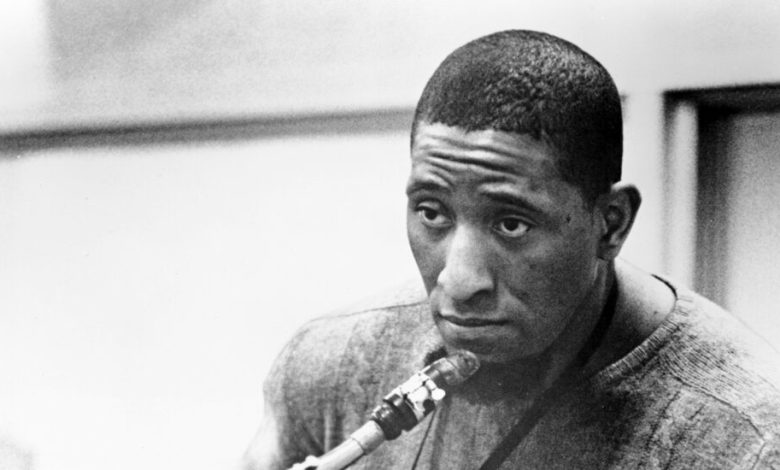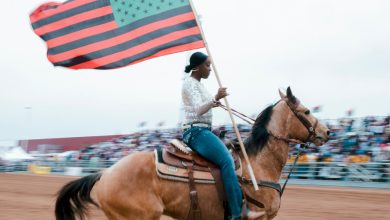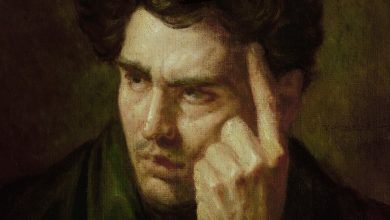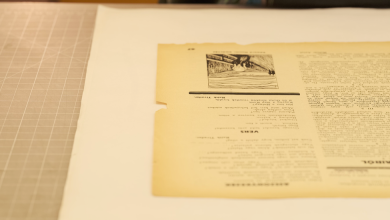This Jazz Legend Is His Own Work in Progress

THE NOTEBOOKS OF SONNY ROLLINS, edited by Sam V.H. Reese.
It is possible to imagine the jazz musician Sonny Rollins’s life as a novel, pitched between realism and surrealism in the manner of Ralph Ellison’s “Invisible Man.” The settings would include Harlem, where Rollins grew up poor in the 1930s and ’40s, and the decadence of clubland in New York City and Chicago at the century’s midpoint, when he was a musical prodigy. A chapter might linger on the recording of his landmark 1957 album “Saxophone Colossus.”
He began to practice alone, often at night, on the Williamsburg Bridge. A novelist might view this scene from avian heights, swooping down the East River, in and out of his grainy, Dopplered wail. As Rollins aged, accolades began to settle on his head and shoulders the way pigeons do on statues in the Piazza San Marco in Venice. Fame and honor were not enough to assuage his fears when he and his wife bought a house in upstate New York; a Black man and a white woman couldn’t live anywhere too isolated because interracial marriage still drew outrage.
The Williamsburg Bridge material might make up this novel’s crucial chapter. (I wish one of the two gifted drummers in my apartment building would practice there, too, instead of across the breezeway. New York musicians and their neighbors: a small book crying out to be written, with sympathy for both sides.) Rollins began practicing there in 1960, not long after he commenced a two-year sabbatical from performing and recording. No one knew where he had gone. During this time, he also began keeping the notebooks that the critic Sam V.H. Reese has now excerpted in a slim and handsome new book, “The Notebooks of Sonny Rollins.”
In his introduction, Reese writes that Rollins vanished because he wanted to work on his sound. That is true, up to a point. But Rollins in 1959 was also determined to change his life. He’d been a heroin addict, sometimes scoring with his friend and bandmate Miles Davis. He’d spent time in Rikers on a weapons charge. He was known for pawning other’s instruments. He discarded side musicians as often as some men change pocket handkerchiefs, and sometimes smacked them. He was “mad, bad and dangerous to know,” as was said of Lord Byron. People kept him at arm’s length. He’d fallen victim to the lures and snags of jazz club life.
What he needed, he later wrote, was “MRA = Moral Re-Armament.” Rollins was determined to strip his life down to essentials. These notebooks chronicle, in addition to his work on his sound, his decision to change his diet. He went in for a lot of fruit and juices and broiled chicken. He began working out. He tried to stop smoking. He got into yoga and Eastern modes of thought. He also dabbled in ESP and liked to refer to himself in the third person. He kept these journals off and on for the rest of his life.




